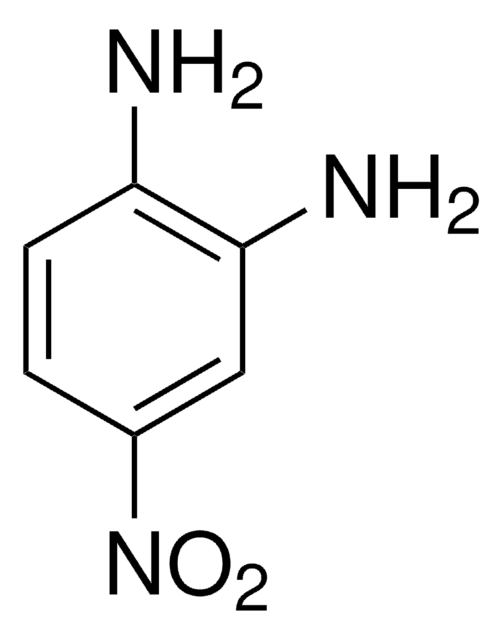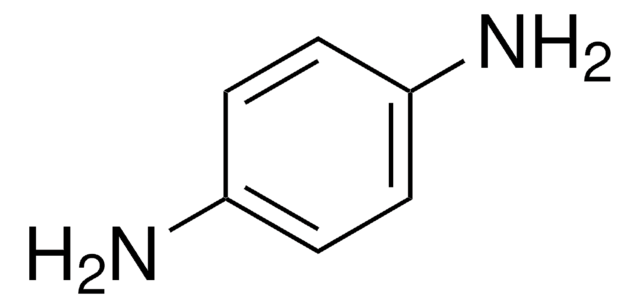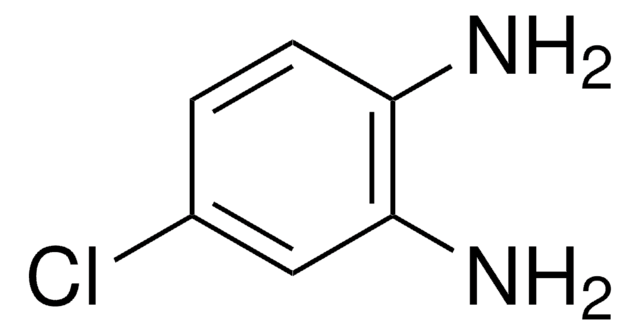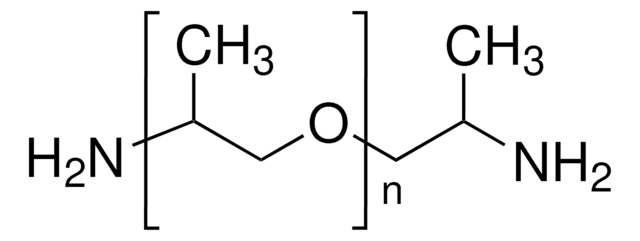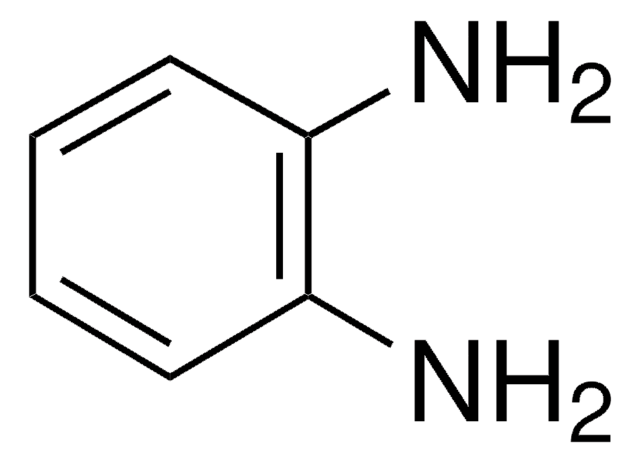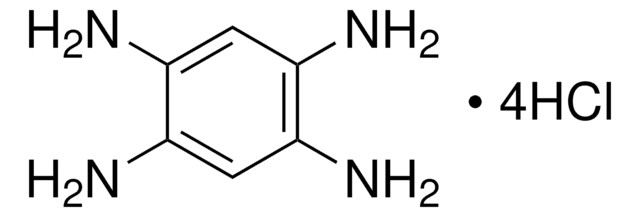Key Documents
N21200
2-Nitro-1,4-phenylenediamine
95%
Synonim(y):
1,4-Diamino-2-nitrobenzene, 2-Nitro-p-phenylenediamine
About This Item
Polecane produkty
Poziom jakości
Próba
95%
Postać
powder
mp
135-138 °C (lit.)
ciąg SMILES
Nc1ccc(N)c(c1)[N+]([O-])=O
InChI
1S/C6H7N3O2/c7-4-1-2-5(8)6(3-4)9(10)11/h1-3H,7-8H2
Klucz InChI
HVHNMNGARPCGGD-UHFFFAOYSA-N
Szukasz podobnych produktów? Odwiedź Przewodnik dotyczący porównywania produktów
Hasło ostrzegawcze
Warning
Zwroty wskazujące rodzaj zagrożenia
Zwroty wskazujące środki ostrożności
Klasyfikacja zagrożeń
Skin Sens. 1
Kod klasy składowania
11 - Combustible Solids
Klasa zagrożenia wodnego (WGK)
WGK 2
Temperatura zapłonu (°F)
>372.2 °F - Pensky-Martens closed cup
Temperatura zapłonu (°C)
> 189 °C - Pensky-Martens closed cup
Środki ochrony indywidualnej
dust mask type N95 (US), Eyeshields, Faceshields, Gloves
Wybierz jedną z najnowszych wersji:
Masz już ten produkt?
Dokumenty związane z niedawno zakupionymi produktami zostały zamieszczone w Bibliotece dokumentów.
Klienci oglądali również te produkty
Nasz zespół naukowców ma doświadczenie we wszystkich obszarach badań, w tym w naukach przyrodniczych, materiałoznawstwie, syntezie chemicznej, chromatografii, analityce i wielu innych dziedzinach.
Skontaktuj się z zespołem ds. pomocy technicznej